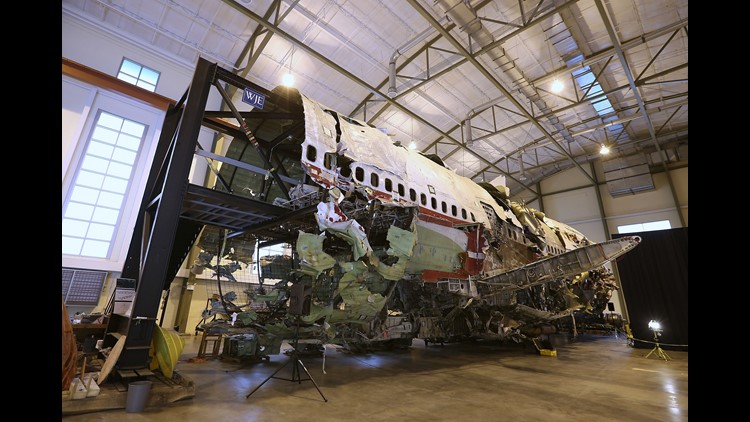Author: John Cox, USA TODAY
Ask the Captain: Frequently asked questions

Air Canada Flight 797, a DC-9 flying from Dallas to Toronto in 1983, had a substantial fire in the aft lavatory. The fire spread quickly while dense smoke filled the cabin and flight deck. The pilots made an emergency landing in Cincinnati, but when the doors and exits were opened, a flashover occurred, limiting the survivors to half the occupants.
One concern of the investigation was the speed and severity of the fire in the cabin. In 1983, the fire resistance of interior panels and seat covers was not like they are today. Federal authorities realized improvements were needed in fire resistance, fire-blocking material for seat covers and low-level emergency lighting. Within five years, all airliners had these safety improvements, along with lavatory smoke detectors to alert the crew of smoke in the confined space of a lavatory.
These improvements helped reduce the likelihood and severity of a fire, but in 1998 Swiss Air Flight 111, an MD-11 cruising from New York to Geneva, experienced an electrical fire that spread into the insulation overhead. The fire expanded quickly, causing control of the jetliner to be lost. All aboard died.
Investigators found serious deficiencies in the insulation certification process and manufacturing. In addition, they found wiring insulation failures and improper installation of in-flight systems. The investigation resulted in improvements in testing standards for aircraft insulation, wire insulation and how new equipment is installed.
Wiring insulation issues were already a concern due to the 1996 loss of TWA Flight 800, a 747 that took off from New York and exploded over the Atlantic. Electrical arcing due to deficient insulation was found in the wreckage.
Several changes have been made since then to increase safety. Modern jets have much-improved insulation in the cabin, wiring insulation that is more resistant to cracking or burning and improved wiring maintenance programs. All of the interior panels are made of high fire-resistant material that does not emit toxic smoke when exposed to fire. Modern seats are stronger, and the covers are made of fire-blocking material.
Crew members are better trained to act as firefighters and provided with better fire extinguishers. Early detection leads to early action before the fire can spread. Consequently, in-flight fire no longer is a major cause of accidents.
Today, a new fire risk is rising: lithium batteries brought on board by passengers. Globally, airlines experience a lithium battery fire multiple times a year. Special training and equipment are needed to deal with lithium battery fires. Airlines and regulators are dealing with the growing threat. More will be done to effectively deal with lithium battery fires, this issue will be with us for the foreseeable future.
John Cox is a retired airline captain with US Airways and runs his own aviation safety consulting company, Safety Operating Systems.

Ingen kommentarer:
Legg inn en kommentar
Merk: Bare medlemmer av denne bloggen kan legge inn en kommentar.